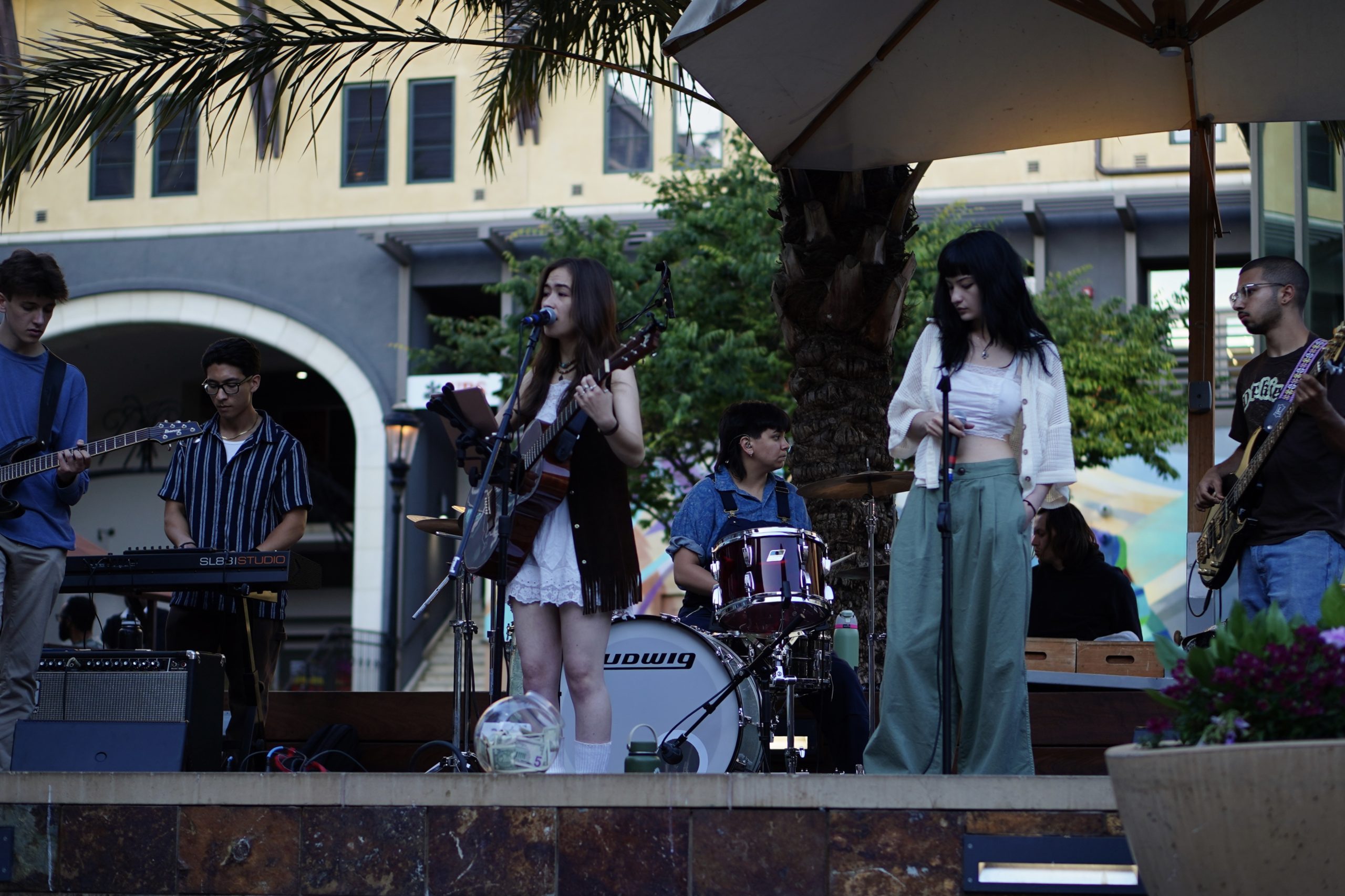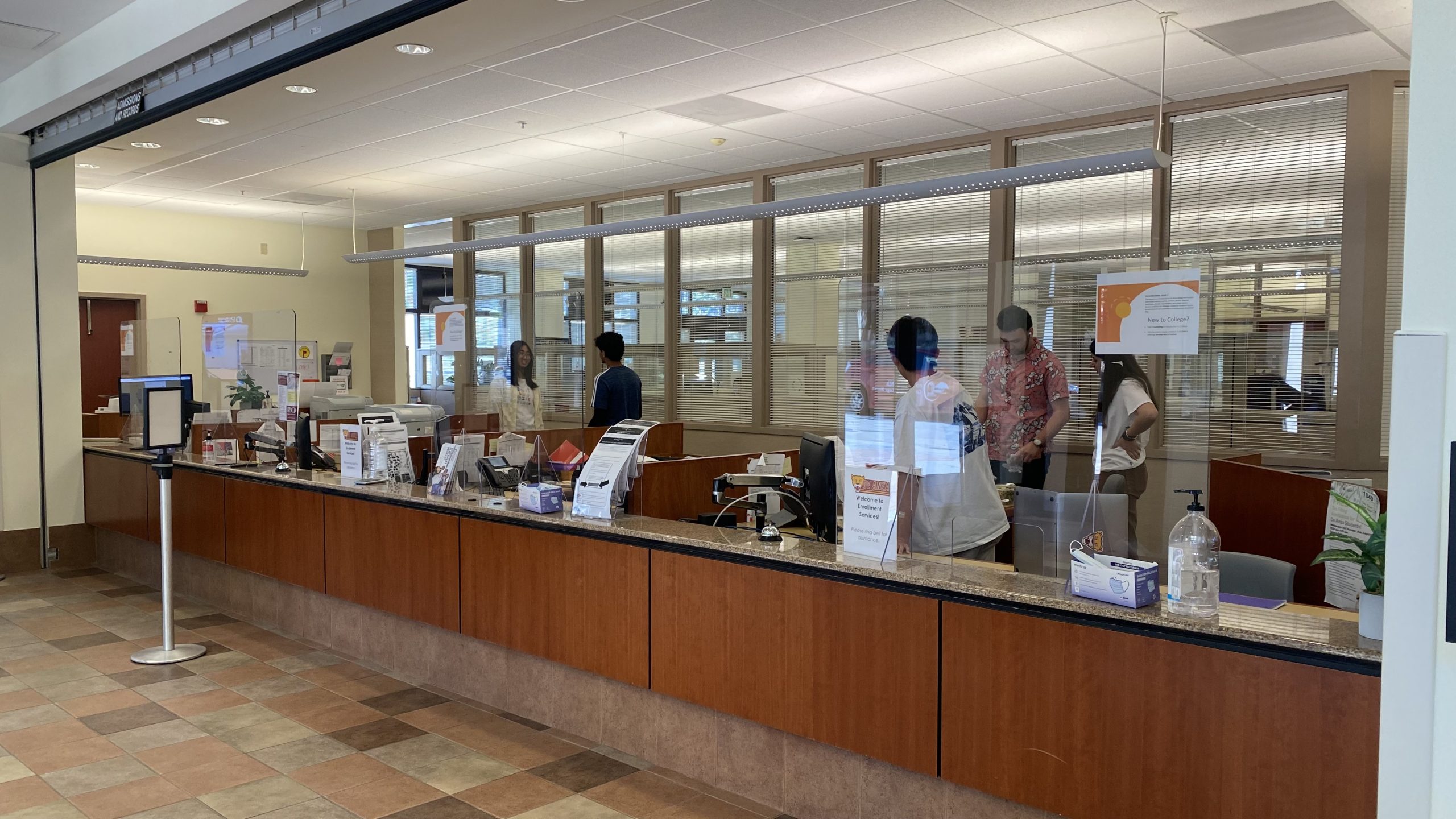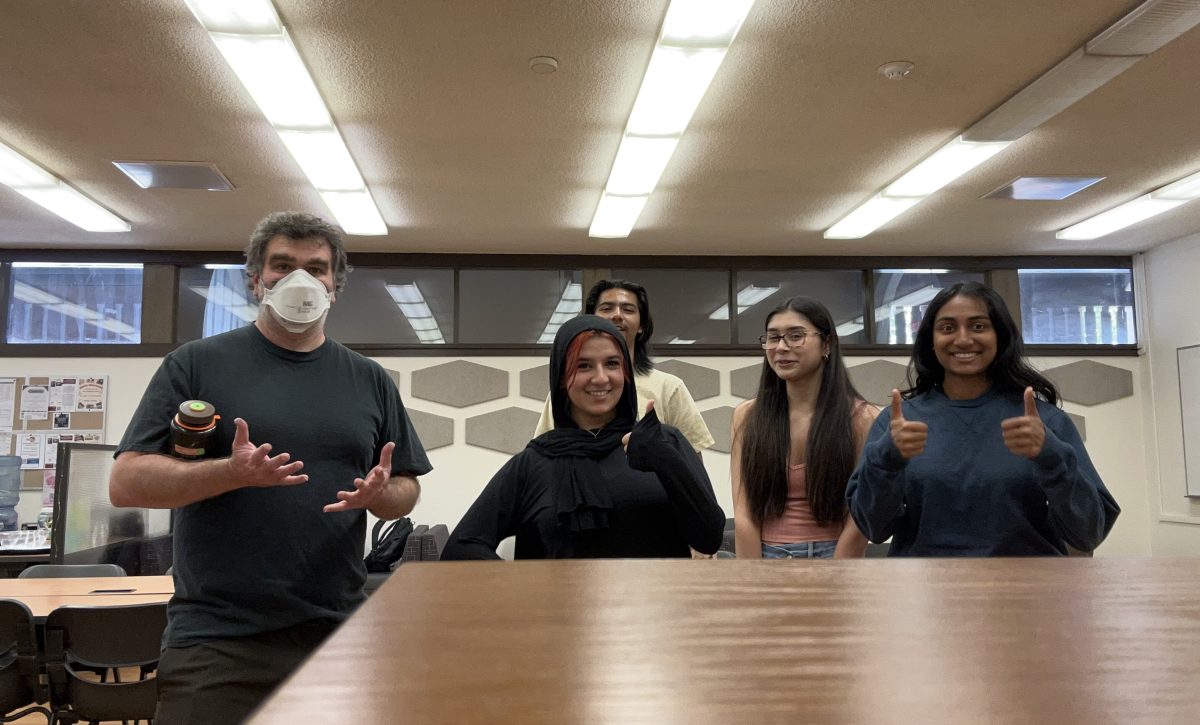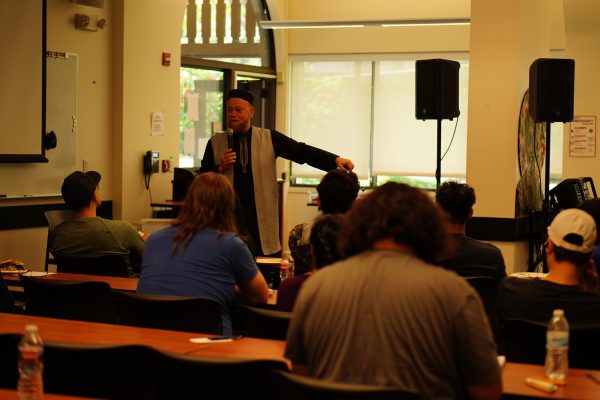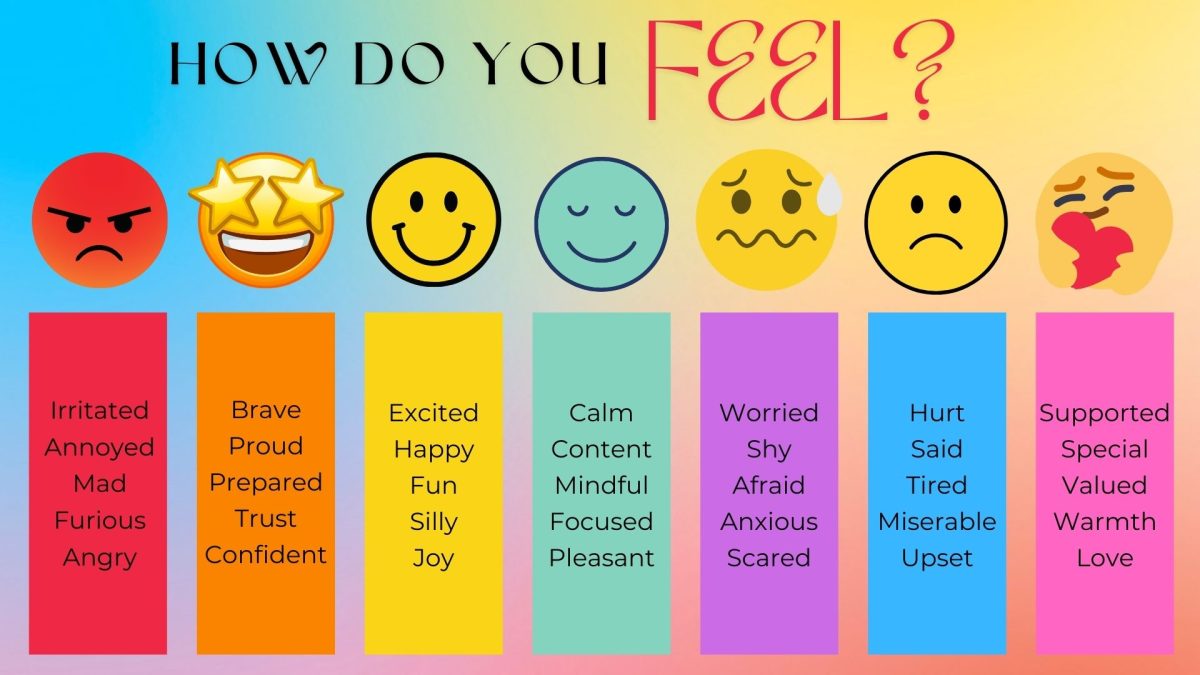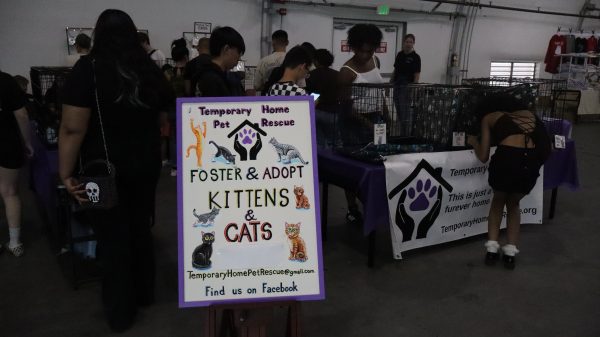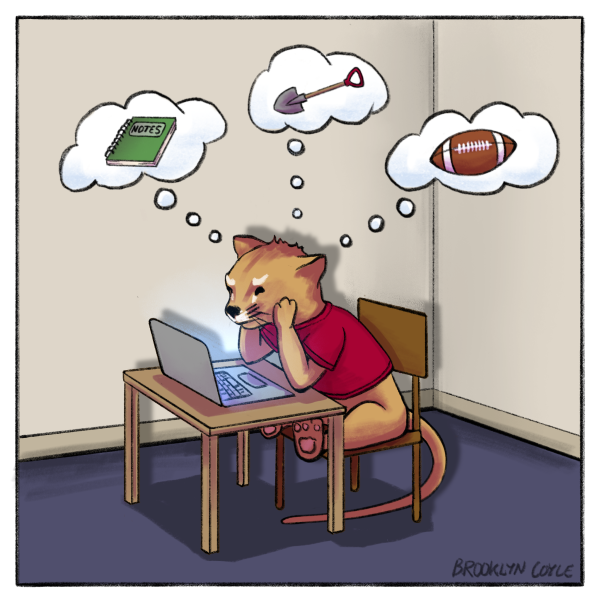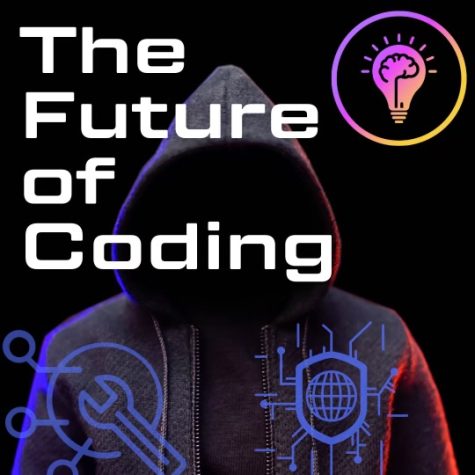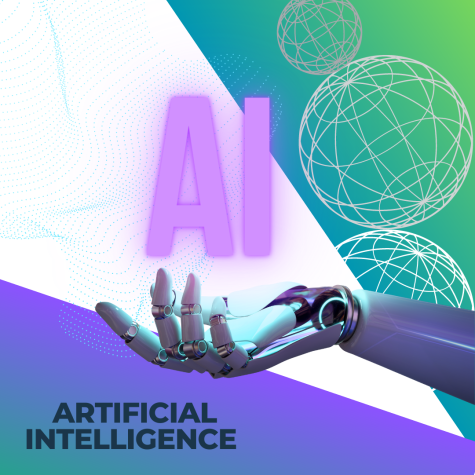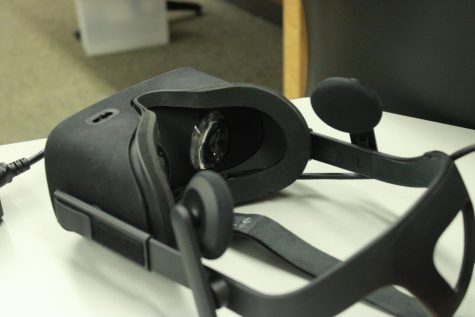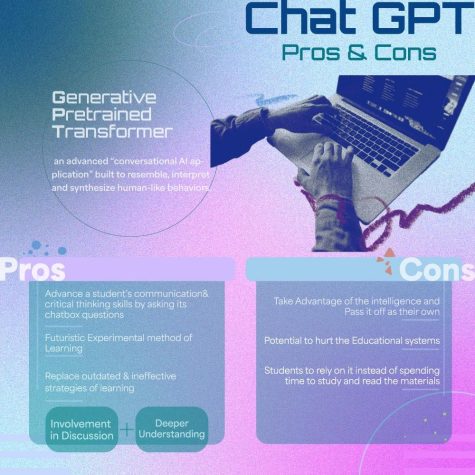Intelligent robots are a dangerous threat
November 14, 2019
The unstoppable development of intelligent robots can threaten our lives and even our existence.
Russian startup Promobot is now selling the world’s first autonomous android, Robo-C, which the company claims that it can highly integrate into modern society. Not only does Robo-C have a humanlike appearance, buyers can also choose any person’s face on Earth.
The other selling points of it include the ability to produce 600 facial expressions and 100,000 speech modules.
Many tech companies are blindly driven by the unlimited possibilities of artificial intelligence. To accomplish their personal desires, they are stepping on a dangerous line.
The practice of making Robo-C look like any person can definitely bring legal issues if buyers do not get that person’s consent.
The advancement of robots would seem to bring human civilization to another level. Many sci-fi movies and novels depicted our future world, fully integrated with different technology, providing us great advantages and conveniences.
For me, it is crucial to be aware about the real purposes of those tech companies that are dedicated to AI. The unstoppable development of this technology can threaten our lives and even our existence when it reaches the peak.
It sounds a bit incredible and impossible but in this highly digitalized world, the development of tech is unstoppable and rapidly growing. Your great-grandfather would never think that there would be a tiny black square in everyone’s hand that controls the flow of information from all around the world.
Try to imagine if there is a new creature that perceives and behaves in a similar way with humans, but is much more intelligent. That idea is an absolute no for me.
Human brains can forget stuff and degenerate over time, but artificial intelligence does not.
When you are praising the convenience and benefits that the development of technology has brought to us, try to focus more on the dangerous line those companies stepping on. Set a firm boundary of the limit for developing AI and voice your opinion once they cross it.





